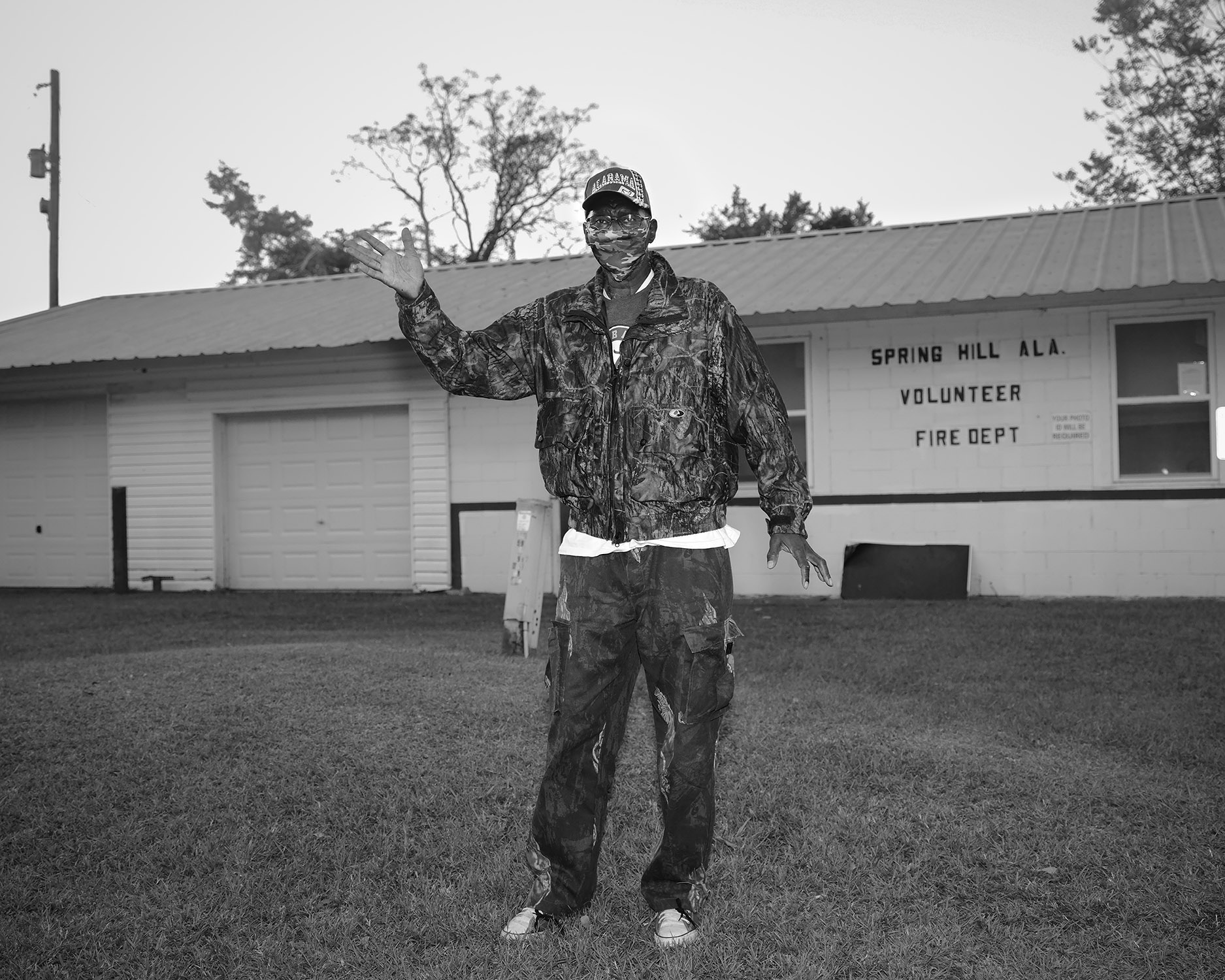11.03.20 – ELECTION DAY, SPRING HILL







Election Day, Spring Hill community, near Eufala, Barbour County, Ala. –– where on Nov. 3, 1874 a white mob attacked the Spring Hill polling station, destroyed the ballot box, burned the ballots inside, and killed the election supervisor’s son. “Although the identities of many white perpetrators of the massacre were known, no white person was ever convicted. Instead, a Black man named Hilliard Miles was convicted and imprisoned for perjury after identifying members of the white mob. Decades later, Braxton Bragg Comer, whom Mr. Miles had named as a perpetrator of the massacre, was elected governor of Alabama. The Eufaula Massacre and its aftermath showed Black residents that exercising their new legal rights—particularly by voting—made them targets for deadly attacks and that they could not depend on authorities for protection. The result was mass voter suppression. While 1,200 Black Eufaula residents voted in the 1874 election, only 10 cast ballots in 1876. Today, the population of Barbour County is nearly 50 percent Black but white officials hold 8 of 12 elected county positions. In 2016, the county had the highest voter purge rate in the United States.”*
Image 1: Michael Farmer, 57, of Spring Hill, Ala. fashions a scarecrow next to his garden. Farmer’s family has lived in Spring Hill for generations. “I came up rough,” Farmer says, as his father was a migrant worker that carried his family from Florida to New York season to season.
Image 2: Michael Farmer, 57, of Spring Hill, Ala. is a life-long Democrat and military veteran who served two tours overseas in Operation Desert Storm and Operation Iraqi Freedom. When asked what he hopes might come from the election, Farmer says, “I hope the young folks might think about what their ancestors came through to get where we are.”
Image 3: Near Comer, Ala. – a community named for B.B. Comer, 33rd governor of Alabama – where Comer’s family owned a 30,000 acre cotton plantation. Before becoming governor, Comer was identified by a Black man named Hilliard Miles for participating in the Election Riot of 1874 massacre. Miles was later silenced and convicted and imprisoned for perjury.
Image 4: Leftover Halloween decorations placed by a local White Spring Hill family depict a woman hanged by a noose. The effigy had a mop for hair, spray-painted black, and was bound in chains.
Image 5: Spring Hill, Ala. poll worker Lewis Thompson waives goodbye to a departing voter.
Image 6: Spring Hill, Ala. Volunteer Fire Department polling place. Poll worker Cathy Childree, a retired teacher from Comer, reported that the polling location had received 60% turnout throughout the day, with 87 voters in the first hour and cars lined up down the block.
Image 7: Cedar tree, Spring Hill Methodist Church. In the late 19th century white women from the Spring Hill community planted a row of cedar trees in the Spring Hill Methodist Church cemetery to commemorate the lives of the unknown Confederate dead.
*historical info and data courtesy eji.org
+++++